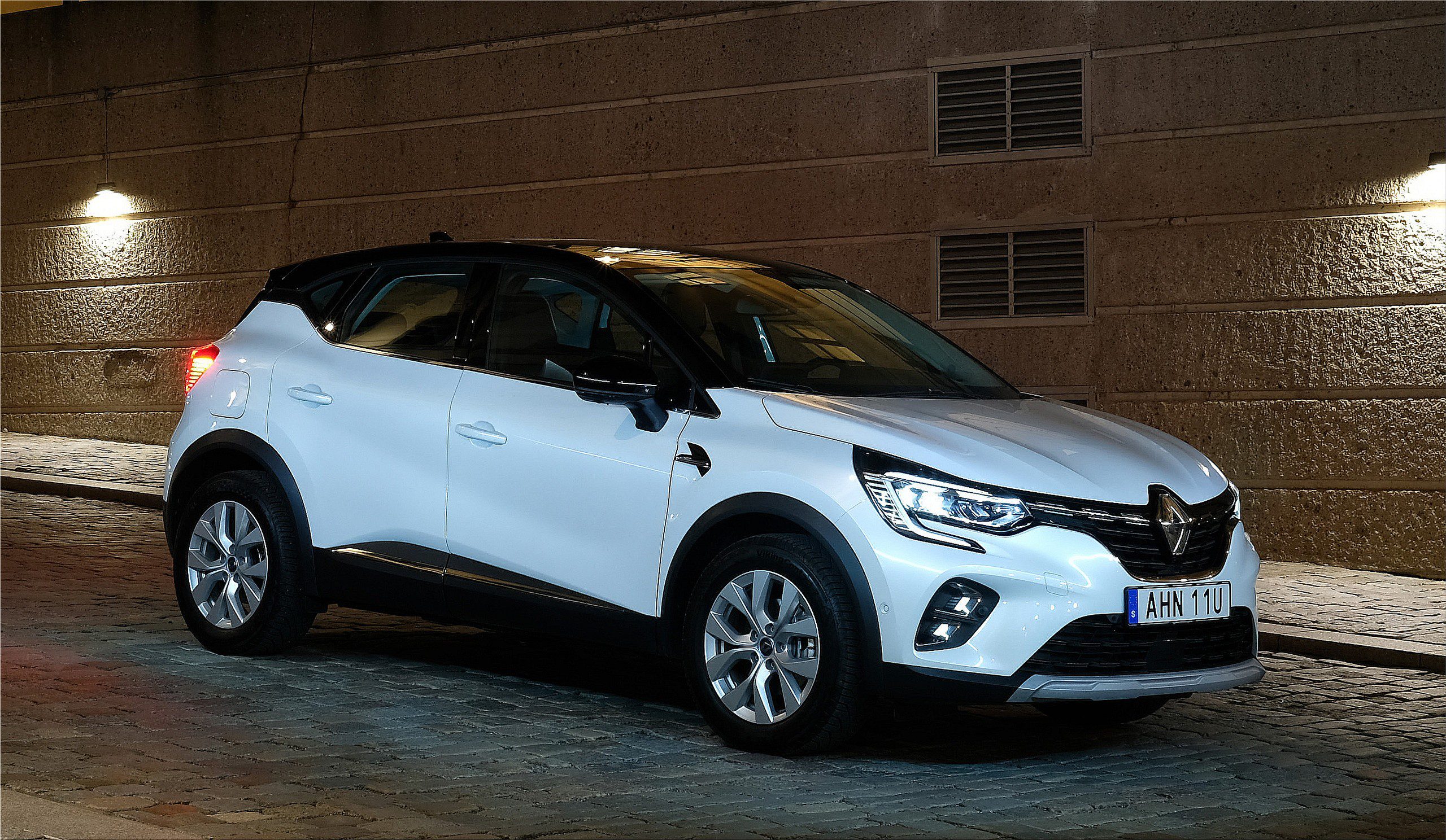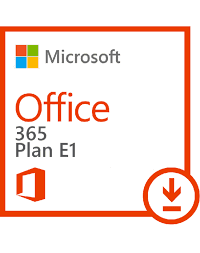While electric cars have been part of its lineup for several years, Renault was still lagging behind hybrids. However, 2020 heralds a change: according to the French, the market is ready. The M?gane, Clio and Captur are therefore fitted with hybrid engines.
With little Twizy and clever Zoe, Renault has jumped straight into the pool of electric cars. On the other hand, when it comes to hybrids or plug-in hybrids, the brand was lagging behind. However, this was a conscious choice because its experience acquired in the electric sector and with its concepts such as the 2014 Eolab, Renault now opts for a different approach to the hybrid.
The fact that the French brand deploys this hybrid approach immediately on the M?gane, Clio and Captur is of course no coincidence: Renault must also meet strict European standards on emissions. More remarkable still at buy affordable used cars: the three models share a common basis but the effects are quite different.
This common basis, moreover, is based on a 1.6-liter naturally aspirated petrol engine which was greatly simplified. Its power of 91 hp and 144 Nm is supplemented by two electric motors. One serves as generator, starter and synchronizer while the other takes care of propulsion. The Clio is equipped with a slightly less powerful engine and a small battery. Which makes it a classic hybrid (like Toyota and Lexus). The M?gane Grandtour and Captur receive a powerful electric motor and a large battery, making them rechargeable hybrids.
Japanese style
The electric motor that drives this Captur E-Tech produces 67 hp (49 kW) and 205 Nm. The generator / starter provides 34 hp (25 kW) and 50 Nm more. To make it even more complex, there is the dog clutch transmission. It has two speeds for the electric motor, four for the gasoline engine. This Formula 1 inspired technology uses the generator / starter to synchronize the speed of all engines, ensuring the smoothest possible gear changes.
Does this seem too complex to you? You can then think of the whole as a kind of “Japanese-style” architecture, which combines the hybrid in series and in parallel. At low speeds, the large electric motor provides the drive and the gasoline engine is used as a generator. At higher speeds, the roles are reversed and the gasoline engine drives the wheels, while the electric motor supports it.
In practice
In practice, this means that the Renault Captur E-Tech Plug-in Hybrid always starts electrically. This even when the 9.8 kWh battery is exhausted. An assertion that we were able to verify during our first brief introduction to Captur E-Tech. Moreover, the compact crossover allows electric driving to prevail as much as possible. For example, in automatic driving mode, the system will choose the ideal balance.
If you choose to drive fully electric, you can do so up to 135 km / h and, in theory, for 50 kilometers (WLTP). In automatic driving mode, this Captur E-Tech hits 100 km / h in 10.1 seconds, but the instant torque of the electric motor makes this exercise much smoother. However, in this situation, the gearbox will not be the most responsive.
Also, the Captur E-Tech seems a more firmly suspended than its gasoline or diesel compatriot, but that is of course due to the extra pounds of the hybrid powertrain. Renault has also installed a multi-link rear axle instead of the torsion axle, which increases comfort. Therefore, if we keep a smooth and relaxed ride, this Captur E-Tech no longer makes any mistakes and behaves like a good frugal crossover.
To take
Our first meeting was too short for a correct consumption measurement. On paper, the Captur E-Tech is satisfied with 1.4 l / 100 km for CO2 emissions of 32 g / km – which makes it interesting for the fleet – but in practice, these data vary a lot according to types of roads and their distances. On the motorway, it will take a few more liters, while on secondary roads, this excess consumption should be more limited. After driving with electricity, charging the battery will take 3 hours on a 7.4 kW terminal and 5 hours on a conventional socket.
This Renault Captur E-Tech also benefits from a large standard endowment, but its attack price is also accordingly: ? 33,700. Ultimately, this plug-in hybrid is a great success. Comfortable and rather frugal, it will not fail to reach its target audience: the fleet market.

As the editor of the blog, She curate insightful content that sparks curiosity and fosters learning. With a passion for storytelling and a keen eye for detail, she strive to bring diverse perspectives and engaging narratives to readers, ensuring every piece informs, inspires, and enriches.










